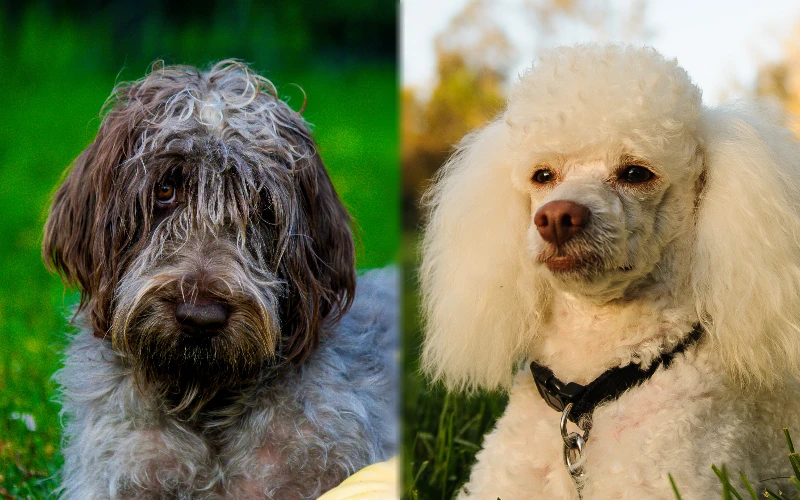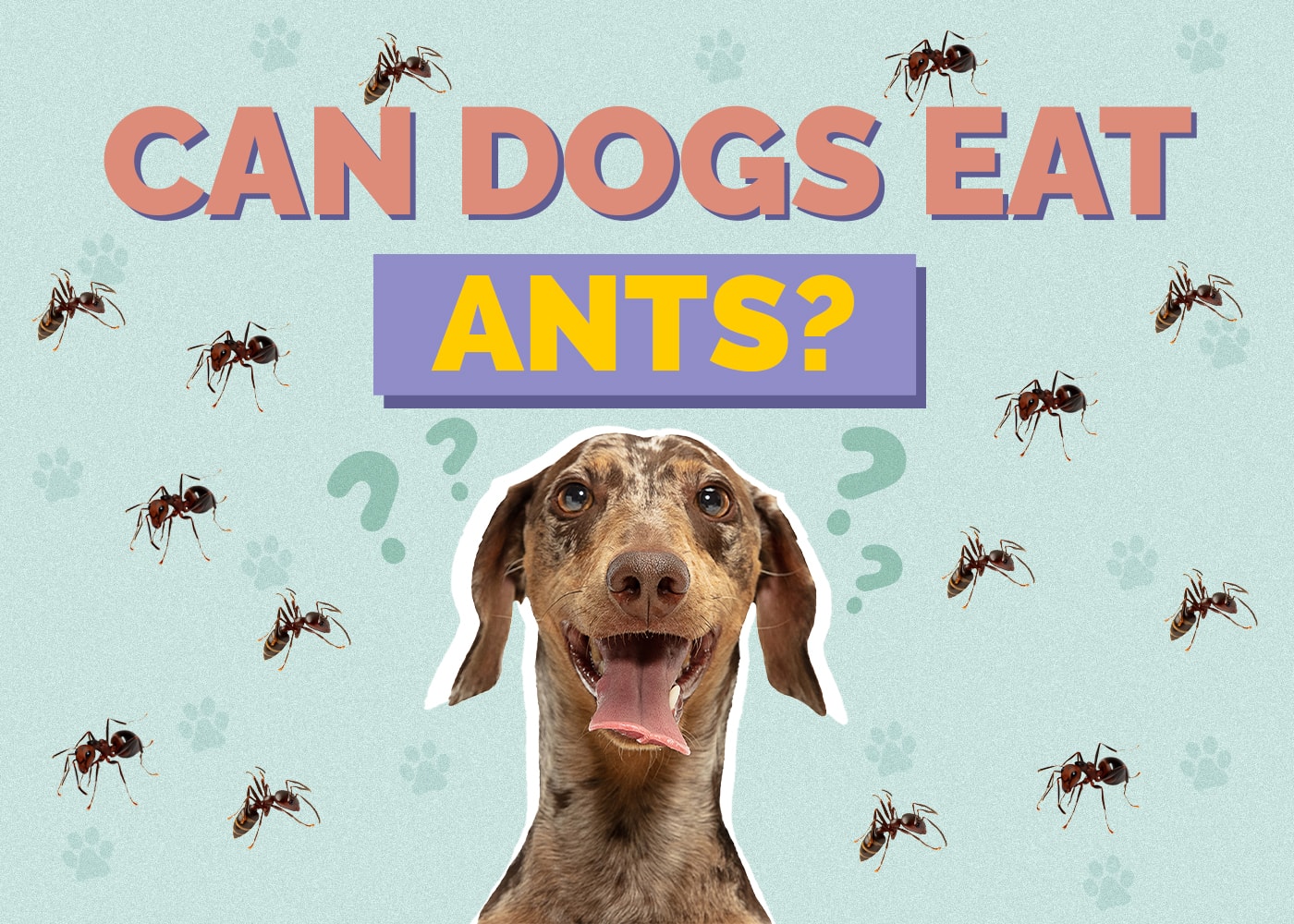How to Train a Dog That Is Not Food Motivated: 10 Vet-Approved Ideas

Updated on
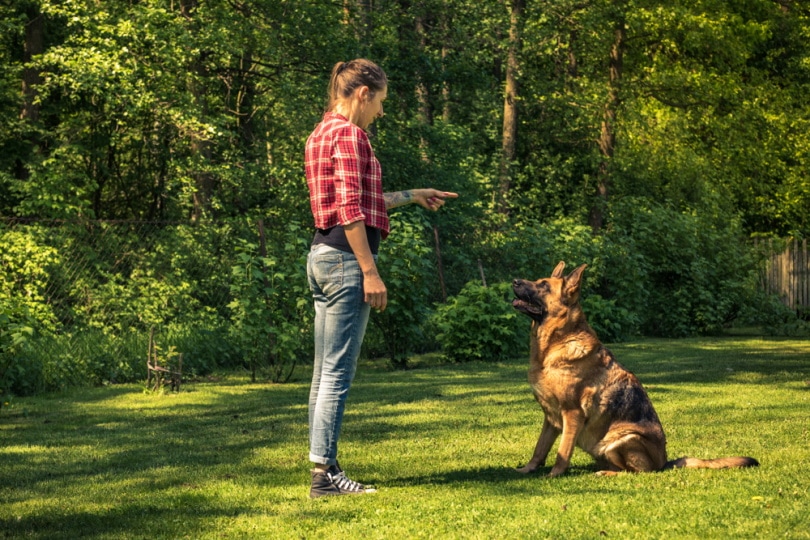
It’s hard to believe that this can be an actual problem, given how much dogs seem to love treats. But it does happen! If your dog doesn’t seem to respond to the treats that you’re using, you might be wondering what your options are.
The good news is that there are many different tactics that you can try, which we cover here. We also look at whether there’s an underlying reason that your dog isn’t food motivated for training purposes.
The 10 Ways to Deal With a Dog Not Motivated by Food
1. Use a Favorite Toy
Some dogs might be more motivated with a favorite toy and a short play session as a reward. It’s more time-consuming than giving them a quick treat, but if it works for your dog, then everyone is happy!
This preference for toys can occur with certain herding breeds. Use the toy the same way that you would a treat. Hold it out and when your dog performs the trick or obeys the command, immediately follow it with a short play session with the toy.
You’ll have to work on calming your dog down afterward each time to continue with the training session, but your dog will start to catch on.
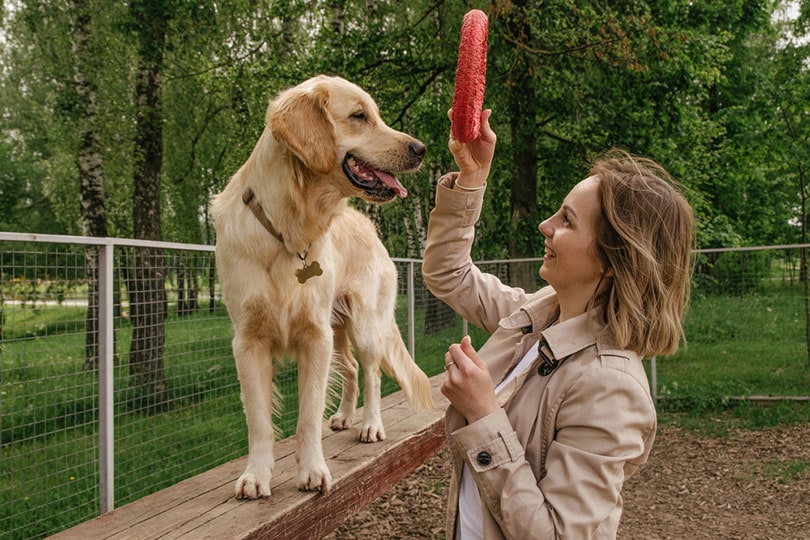
2. Experiment With Different Treats
It’s possible that your dog just doesn’t like the treats that you’re offering. Find a treat or piece of food that your dog will respond to, and use that instead. If you’re not entirely sure what your dog will like, try experimenting with different things.
There are freeze-dried treats, or you can try a piece of cheese or cooked chicken. Try different treats until you find the food that your dog is excited about.
3. Use Only a Special Treat for Training
If you do find a special treat or chunk of food that works for your dog, only use it for training. Be sure that it’s dog friendly and that your dog has no food allergies or intolerances.
If you regularly give your dog the same treat at other times, the “specialness” of this food motivator will essentially become diluted. There’s nothing for your dog to be excited about if they get to eat it at other times.
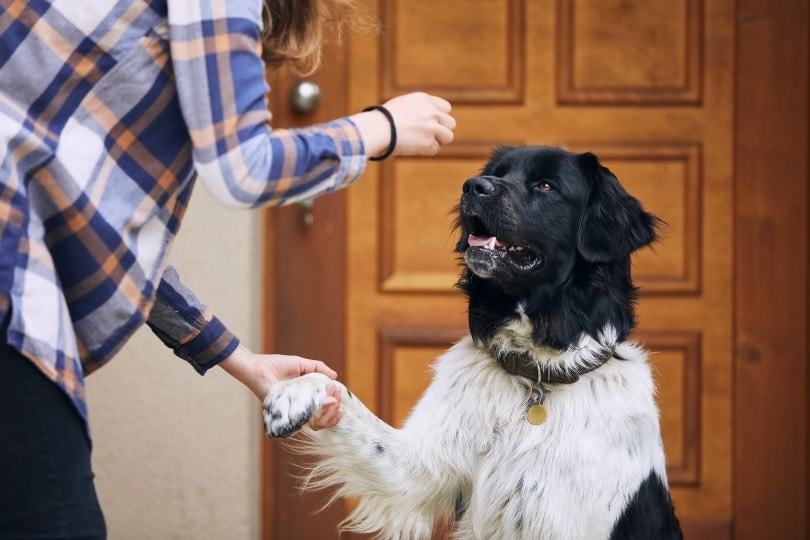
4. Just Pets and Praise
Your dog might just thrive on your love and praise. You can also slip a treat in at this time if you think that it might work, but otherwise, just giving your pup plenty of praise and pets might be enough. It will also build a stronger bond between you.
5. Train Before Meals
The cause of this problem could be as simple as your dog having a full belly, making treats less appealing. When your stomach is busting at the seams, the idea of eating anything can be almost off-putting. Try to do your training session at times when your dog won’t have a full belly.
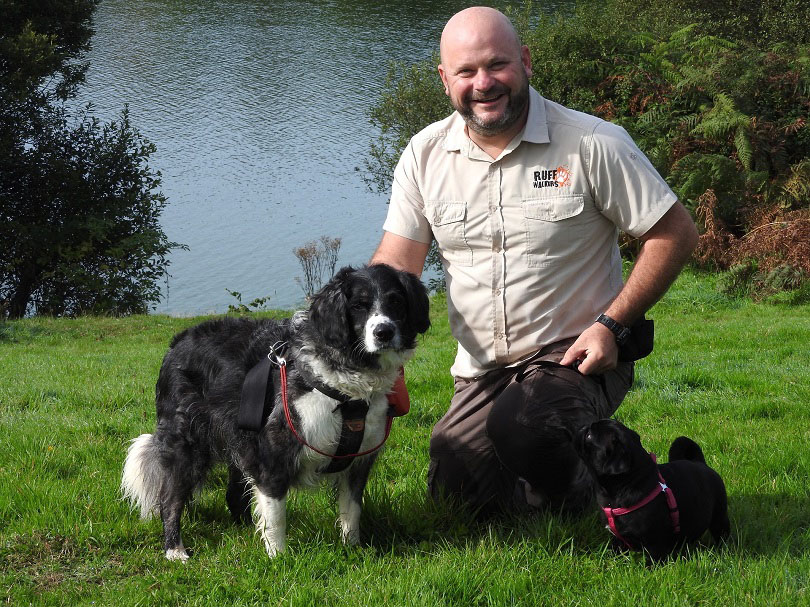
6. Avoid Distractions
If there is a great deal of activity where you’re doing the training, your dog might just be distracted. You need your dog to be focused during training, and your dog might decide that the squirrel running up the nearby tree is much more important than the treat.
Try to take your dog to a quiet location with few distractions. Once you have your dog’s complete attention, treats and training might go smoother.
7. The Right Mood
If your dog is excited and full of energy, they might just not be in the right frame of mind for training or even eating.
If your dog seems too full of energy, take them for a walk, throw a ball, or do whatever it takes to expend some (but not all) of that energy. You also don’t want your dog to be too tired for training.
But if you suspect that your dog is feeling anxious or nervous, you’ll need to attempt the training somewhere your dog feels secure and safe.
You can also look into using behavior modification techniques to help a dog with anxiety issues, so speak to your vet for further help.
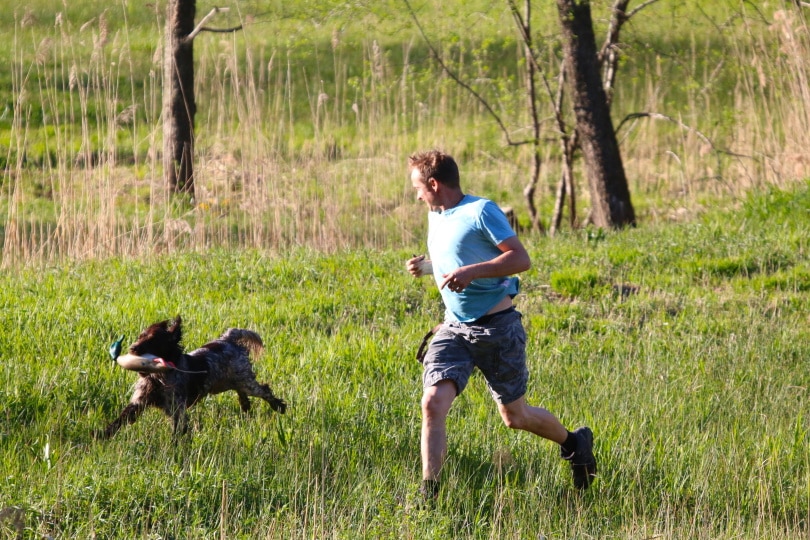
8. Confused and Tired
It’s also possible that your dog might be unsure of what you want from them, or they’re just tired. If your dog starts to show signs of displacement or avoidance behaviors, such as stopping to sneeze, scratch, or yawn, this can tell you that your dog might be feeling frustrated or confused.
If you notice this, it’s probably time for a break, particularly if you’ve been training for a while. You might need to break the training down into smaller, easier-to-follow sessions.
9. Needs a Drink
If your dog was accepting treats but then stops, it’s possible that they might just be thirsty. Be sure to have water available to your dog during your training sessions, which can help refocus them once their thirst is quenched.
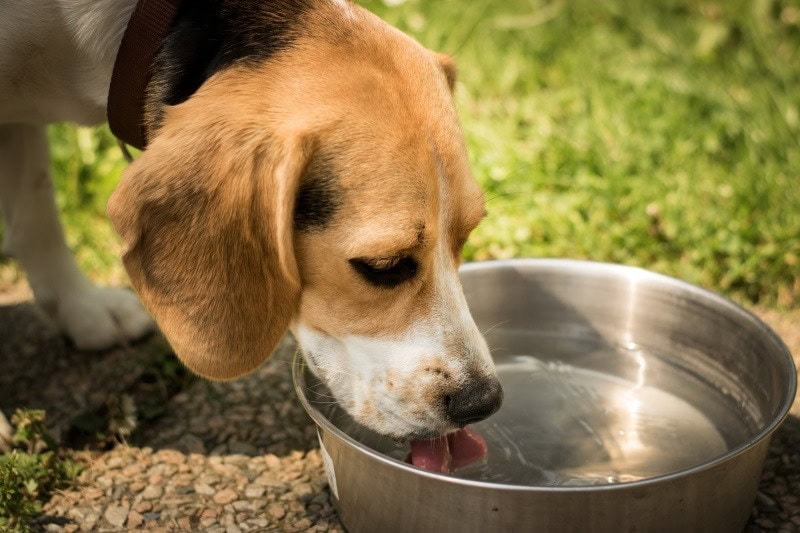
10. Free-Feeding
If you’ve been leaving food out for your dog at all times, or free feeding them, this can reduce your dog’s appetite. You might need to consider only giving your dog their meals at scheduled times.
If you’re unsure about how much and how often your dog should eat, speak to your vet. They can recommend the right amount and how frequently your dog should eat.
Complement this valuable information by checking out our dog food calculator here:
The exact amount of calories an individual animal needs to maintain a healthy weight is variable and influenced by many factors including genetics, age, breed, and activity level. This tool is meant to be used only as a guideline for healthy individuals and does not substitute veterinary advice
 Why Your Dog Might Not Be Treat Motivated
Why Your Dog Might Not Be Treat Motivated
Health Problem
One of the first steps when it comes to this type of behavior in your dog should be to ensure that there isn’t anything medically wrong with your dog.
Some dogs develop “conditioned taste aversion,” which essentially means they develop a dislike for trying a new food due to a bad experience with it. For example, dogs with inflammatory bowel disease (IBD) can experience diarrhea, vomiting, and a lack of appetite. When the dog eats and then throws it up, they start to associate the food with nausea. This can sometimes help explain why your dog loves their food and then suddenly doesn’t want to eat it anymore.
Similar to IBD, pancreatitis also causes decreased appetite, vomiting, and lethargy, which can lead to taste aversion.
These are just a few examples, but any number of medical problems could lead to a dog losing its appetite. Dental issues, injury, infection, gastrointestinal diseases, or even certain medications.
Dogs are quite good at hiding pain and discomfort, and you know your dog best, so if your dog suddenly loses interest in treats and food, see your vet, just to be sure.
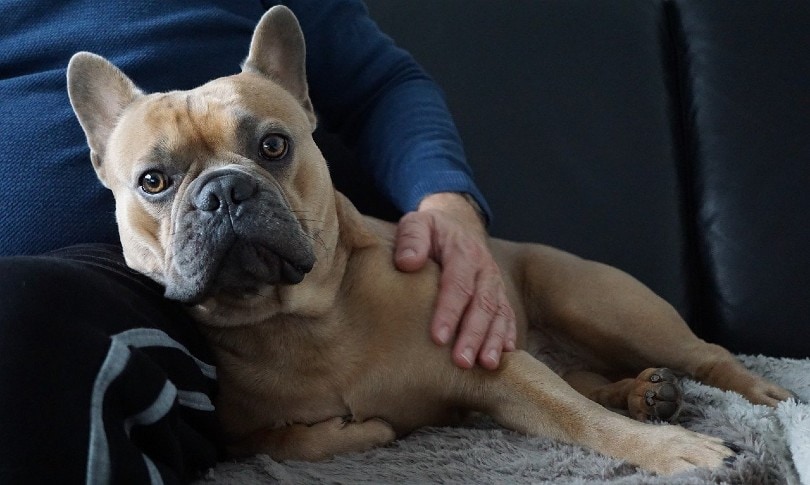
Get Help
If you’ve tried everything and you’re still having difficulty training your dog due to its disinterest in treats, you can get professional help. You can try working with an animal behaviorist or trainer, and they can help you find the best way to work with your dog.
Summing Up
A combination of patience, trying out different techniques, and figuring out what makes your dog tick works toward helping the training process.
Try new things, experiment with different treats, and see your vet if you’re not certain why your dog isn’t food motivated.
Featured Image Credit: marcin jucha, Shutterstock


 Why Your Dog Might Not Be Treat Motivated
Why Your Dog Might Not Be Treat Motivated